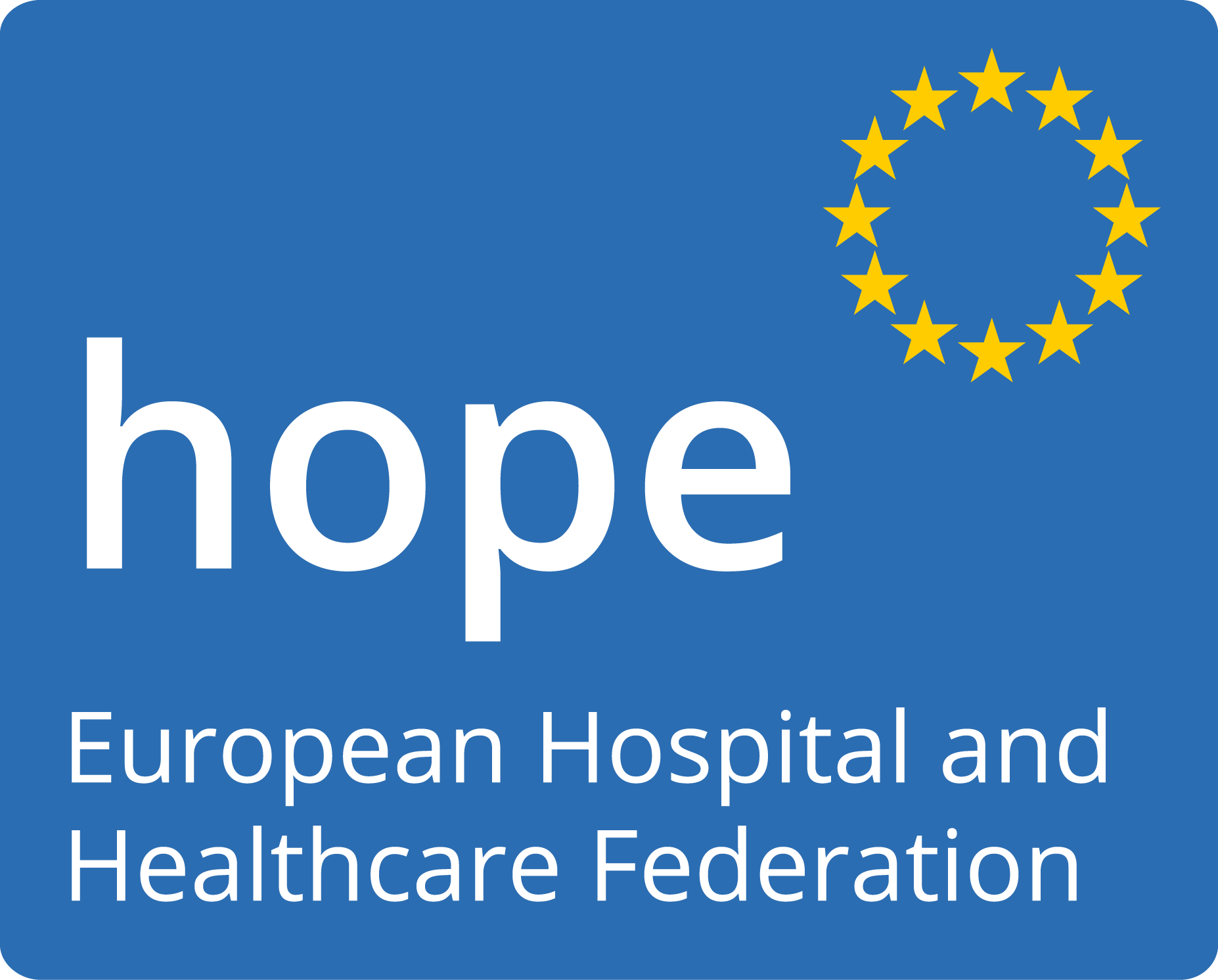Healthcare Ecosystem – 10-13 June 2014 – Oulu (Finland)
Oulu Healthcare Ecosystem consists in an established model of collaboration combining professionals with different background and experience (health, wellbeing, research, biology, companies and ICT). It represents a unique living lab developing advanced tools and technologies, based in the capital of Northern Finland, the fastest growing Region in the country.
The Oulu Healthcare Ecosystem headquarters is in the University campus that hosts over 100 organisations involved in the field, key stakeholders and about 8.000 employees, making it a centre of excellence weather at the global and local level. The heart of the campus is represented by Oulu University Hospital (OYS), which is responsible for offering highly specialised medical care in the Northern Finland. Its services cover more than the 50% of national territory and are addressed to 730.000 inhabitants. OYS treats approximately 123.000 patients per year and employs 7.000 healthcare professionals.
The main projects carried out by Oulu Healthcare Ecosystem and financed at the national level are called AVAUS and INKA. They define and model regional and national social welfare and healthcare services with the support of technological solutions. In addition, a further programme called INDICO produces a “roadmap” of different possibilities to support individualised health and wellbeing processes. Its aim is to find out a way to better utilise personal health data.
During the study tour, participants had the possibility to understand the way the Healthcare Ecosystem is designed in order to meet the needs and challenges of the future, how the testing laboratory is connected to serve the university hospital activity and how the Oulu University Hospital will be renovated by 2030. The goal is to enhance the processes, increase productivity of work and improve patient safety and quality. Renovation programme was launched in 2010 with the opening of the new building for day surgery. It offers modern outpatient facilities, digital infrastructure and automated logistics, including a patient guiding system. The next step in the rebuilding scheme, which was already planned, is the new hospital for women and children.
